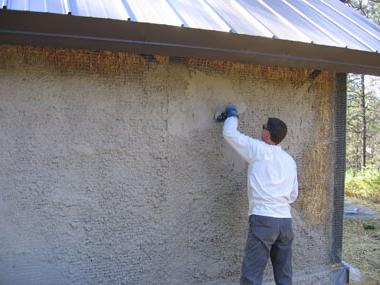Consumption of plaster per 1m2. Consumption of gypsum and cement plaster
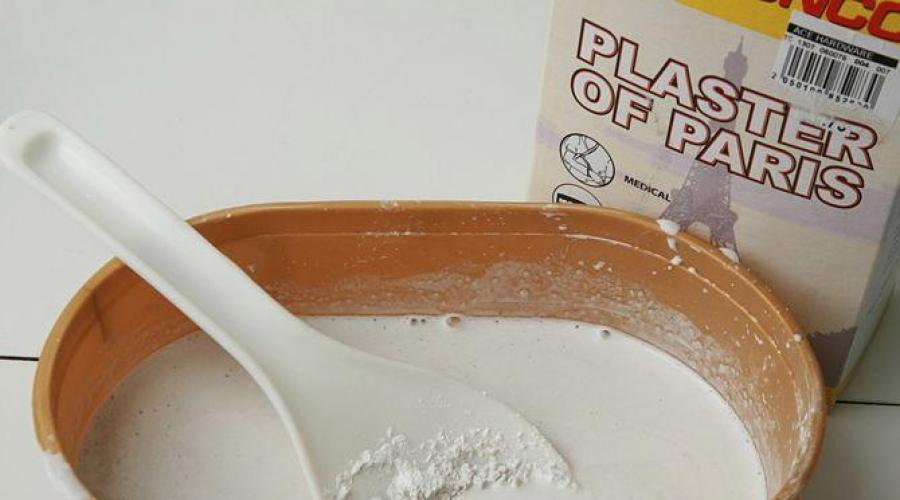
Plastering walls allows you to make them even and neat, as well as protect them from adverse environmental factors. Before starting work, it is important to correctly calculate the amount of dry mix required. Ready plaster after adding water hardens very quickly. Therefore, it is necessary to correctly calculate the batch volumes of the batch. All this will help to avoid unnecessary expenses and increase the productivity of finishing work.
Varieties of plasters
There are several factors that affect the consumption of plaster per 1m2. First of all, the amount of dry mix required depends on its variety. For wall decoration can be used:
- This type of mixture is mainly used for interior ceilings. They cannot be used from the side of the street and for finishing courtyard structures, since they do not tolerate high air humidity and sudden changes in temperature very well. One of the most popular brands of this type is Rotband plaster.
- cement mixtures. Such materials are used for finishing rooms with high humidity or outdoor structures.
- Decorative plasters. They are usually applied in a thin layer and serve as
Curvature of the walls
This is another important indicator that affects the consumption of plaster. To finish absolutely smooth walls, the mixture will need less. If there are deviations from the horizontal or vertical plane, the surface must be leveled during plastering. Of course, in this case, the mixture will need more. The consumption of plaster during finishing also increases if there are irregularities on the walls: pits, large cracks, chips, etc.
Consumption of dry gypsum plaster
This is a fairly economical type of mixture. To finish walls and ceilings of the same area, gypsum plaster usually requires 2-3 times less than cement plaster. The recommended layer thickness when using this product is 1 cm. The plaster consumption per 1 m2 in this case will be about 9 kg. However, if there are no irregularities on the walls, it is allowed to plaster them with a layer 0.5 cm thick. Consumption in this case, respectively, will also be halved.
The most popular gypsum plaster today is the Rotband tool. The compositions of this brand are produced at domestic enterprises invested by the German company Knauf. Plaster "Rotband", the consumption of which is 8.5 kg per 1 m 2, is a high-quality and at the same time quite economical product.
Cement compositions
The consumption of plaster per 1m2 in this case will be about 16-18 kg. These figures are valid for both ready-made store products and self-made ones. The composition of such plasters usually includes cement and sand. Their volume ratio is 1:3. Therefore, cement will need about 4.5 kg per m 2. For plasters, it is better to take high-grade material, for example, M400. Sand per 1 m 2 will need 13.5 kg. Before kneading, it must be sieved.
Sometimes plasters are made on the basis of cement with the addition of a lime mixture. Usually they are bought ready-made. To obtain a smooth surface, cement-lime plaster is most often applied in two layers: pre-spray and coating. Therefore, its consumption is significant.
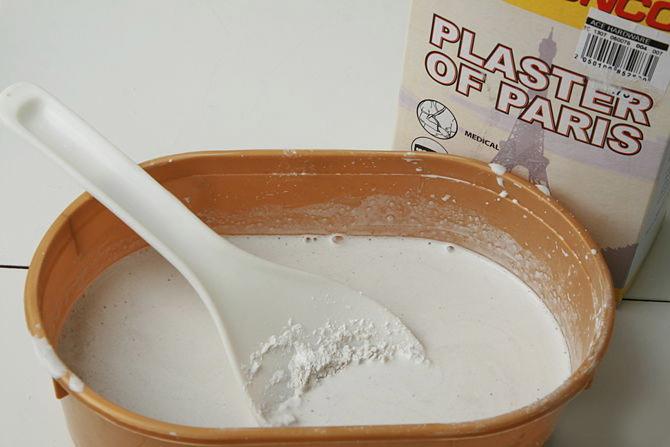
Decorative plasters
To finish a surface of 1 m 2 of this type of material, an average of about 8 kg will be needed. But in this case, it all depends on the specific type of decorative mixture. Very popular at the moment is, for example, the bark beetle, intended mainly for finishing facades. Plaster (its consumption is somewhat less) of this brand is very high quality. To finish 1 m 2 of the surface, you will need about 2.5-3 kg of "Bark beetle" with a layer thickness of 1 mm.
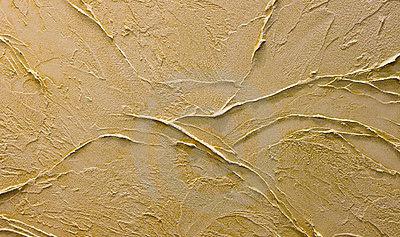
Serving Size
The lifetime of gypsum solutions is very short: on average, the mass hardens in 20-25 minutes. Therefore, the kneading must be done in such a way that during this time it is completely worked out. Usually gypsum plaster is prepared in a bucket from under. It is possible to develop such a capacity (incomplete) in just 20 minutes. Decorative plaster (which consumption is somewhat less than gypsum and cement) of most types also hardens quite quickly. Therefore, you need to cook it in small portions.
Cement plasters do not harden for about two hours. Therefore, when using such products, a rather large portion is prepared at a time (usually in a container of 10-15 liters, in the event that one person does the work).
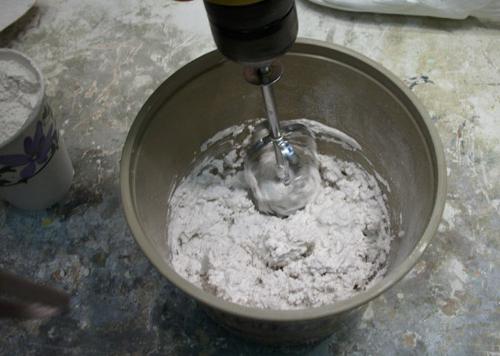
Method of calculation
To find out how thick the layer on the surface should be, you must first hang the walls, that is, check their deviation from the plane.
The blockage can be determined using a plumb line. Deviation should be measured at several control points. The more there are, the better. The results are then added up and divided by the number of points. This way you can find out the required layer thickness. Knowing the consumption of plaster per square meter, it will not be difficult to calculate the required amount of material.
Calculation example:
Suppose you have determined that the blockage of the wall is 50 mm, and the deviation is at two more points: 30 and 10 mm. Add up the results 50+30+10=90 mm. Divide by the number of points 90/3=30 mm. That is, the layer thickness must be at least 3 cm. The consumption of plaster per 1 m2 in the event that it is made on the basis of gypsum is, as we found out, 9 kg. Therefore, for a layer of 3 cm, it will need 9x3 \u003d 27 kg. Cement - respectively 16x3 \u003d 48 kg. The resulting figure is multiplied by the total area of \u200b\u200bthe walls. For example, in a room 6x4 m with a ceiling height of 2.5 m, the area of two long walls will be 15 + 15 = 30 m 2, two short ones - 10 + 10 = 20 m 2. The ceiling area in such a room is 6x4 \u003d 24 m 2. As a result, we get the total figure 50 + 24 = 74 m 2. That is, to finish all surfaces with gypsum plaster with a layer of 1 cm, 74x9 = 666 kg will be needed. need more: 74x16 = 1184 kg.
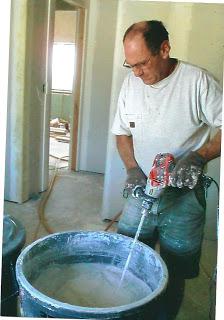
What you need to know
The actual consumption of the mixture is always slightly more than the calculated one. Plaster may fall to the floor, remain in the mixing container and on tools. Therefore, it is worth purchasing material with a margin (about 5-10%). They are usually sold in bags of 30 kg. When calculating their number, rounding up should be done. That is, in our case, the consumption of gypsum plaster will be 666/30 = 22.2 bags. Therefore, you will need to buy 23 bags. Taking into account the stock - 24. Cement plaster will need 1184/30 \u003d 39.5, that is, 40-41 bags.
The minimum thickness of the beacons is 6 mm. A thinner layer is made without them. It is unlikely that it will be possible to plaster the surface exactly in this case without a certain experience. Therefore, when self-finishing walls, a layer of less than 6 mm is rarely done. The only exception is cement-lime plaster, which (by spraying) is often used to finish the walls of technical rooms.
If you do not want to waste time on independent calculations, you can use the online calculator. All that needs to be done in this case is to enter the necessary numbers in the fields (the length and width of the walls, the thickness of the layer, etc.).
